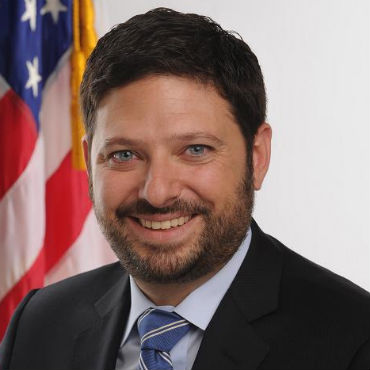Sivak: It's about 'changing the way we do things'

In the Entrepreneurs-in-Residence program, HHS matches project teams with outside tech experts to work for a year on innovative projects.

Department of Health and Human Services CTO Bryan Sivak
Health and Human Services' agility-oriented, high-risk/high-reward tech development teams headed by entrepreneurs from outside the agency have proven they can save the agency time and money for IT projects, according to the department's chief technology officer.
HHS recently announced the newest set of teams under its Entrepreneurs-in-Residence program, which matches departmental project teams with outside tech experts to work for a year on innovative projects.
CTO Bryan Sivak told FCW in an email interview that the program, which was started in 2011, has helped address IT-related issues at his department and is currently shaping how HHS develops technology.
He said one of the previous projects under the program updated the national plan and provider enumeration for a Centers for Medicare and Medicaid Services (CMS) system that issues and manages the National Provider Identifier (NPI) code. The code, he said, is used for nearly all health care transactions, including claims payment, prescriptions, health record management, and reporting. Sivak said CMS estimates that the updates made to that system were completed in 1/3 of the time and 1/30 of the cost relative to projects that don't involve an entrepreneur-in-residence.
Another project at the Health Resources and Services Administration developed cloud-based geographic information system mapping for the National Practitioner Databank, a database of more than 1 million reports about medical malpractice and adverse actions. The team developed a visually-appealing dashboard to display aggregated data from this database in a way that provides better and easier access to HRSA stakeholders, researchers and the public, according to Sivak.
In addition to building specific IT project capabilities, Sivak said the program is building new ways of thinking inside the agency.
One of the current HHS entrepreneurs made such an impression on his managers in only ten months on his project that the bosses are looking at ways to build a permanent capacity for a job slot with similar responsibilities. Sivak declined to name the individual or the program, saying results of the program are being officially confirmed.
He said there were also other changes spurred by the project, including using a modern software stack within the organization for the first time and getting it and the agile, open development process blessed by technical review boards. As a result, there are now new pathways developers can take to implement technology-based solutions that weren't available to them before.
"This is where we succeed. While the program is partly about successfully executing on projects, it's also about changing the way we do things and approach problems inside government," said Sivak. "Because this group is building a permanent capacity for these efforts internally, we don't ever have to do an HHS entrepreneurs project with them again. If we can get the other 1,000+ divisions of HHS to do the same, we have succeeded in our mission and can close up shop and go home."


